Filter by
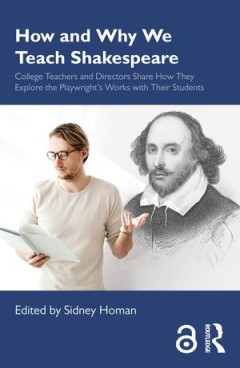
How and Why We Teach Shakespeare: College Teachers and Directors Share How Th…
In How and Why We Teach Shakespeare, 19 distinguished college teachers and directors draw from their personal experiences and share their methods and the reasons why they teach Shakespeare. The collection is divided into four sections: studying the text as a script for performance; exploring Shakespeare by performing; implementing specific techniques for getting into the plays; and working in d…
- Edition
- -
- ISBN/ISSN
- 9781000004816
- Collation
- -
- Series Title
- -
- Call Number
- 792 HOW h
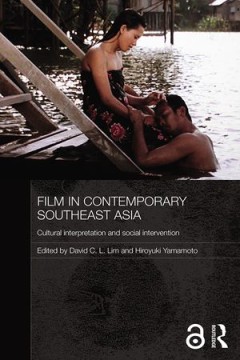
Film in Contemporary Southeast Asia: Cultural Interpretation and Social Inter…
This book discusses contemporary film in all the main countries of Southeast Asia, and the social practices and ideologies which films either represent or oppose. It shows how film acquires signification through cultural interpretation, and how film also serves as a site of contestations between social and political agents seeking to promote, challenge, or erase certain meanings, messages or id…
- Edition
- -
- ISBN/ISSN
- 9781136592478
- Collation
- -
- Series Title
- -
- Call Number
- 791.43 FIL f
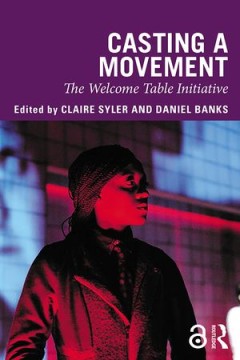
Casting a Movement: The Welcome Table Initiative
Casting a Movement brings together US-based actors, directors, educators, playwrights, and scholars to explore the cultural politics of casting.Drawing on the notion of a "welcome table"—a space where artists of all backgrounds can come together as equals to create theatre—the book’s contributors discuss casting practices as they relate to varying communities and contexts, including Middl…
- Edition
- -
- ISBN/ISSN
- 9780429948282
- Collation
- -
- Series Title
- -
- Call Number
- 790.2 CAS c
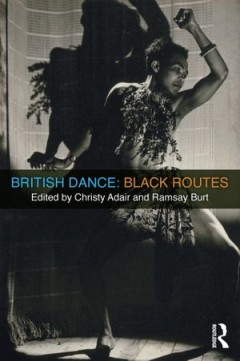
British Dance: Black Routes
British Dance, Black Routes is an outstanding collection of writings which re-reads the achievements of Black British dance artists, and places them within a broad historical, cultural and artistic context. Until now discussion of choreography by Black dance practitioners has been dominated by the work of African-American artists, facilitated by the civil rights movement. But the work produced …
- Edition
- -
- ISBN/ISSN
- 9781317429593
- Collation
- -
- Series Title
- -
- Call Number
- 792.8 BRI b
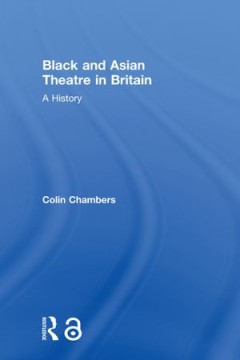
Black and Asian Theatre in Britain: A History
Black and Asian Theatre in Britain is an unprecedented study tracing the history of ‘the Other’ through the ages in British theatre. The diverse and often contradictory aspects of this history are expertly drawn together to provide a detailed background to the work of African, Asian, and Caribbean diasporic companies and practitioners.Colin Chambers examines early forms of blackface and oth…
- Edition
- -
- ISBN/ISSN
- 9781134216901
- Collation
- -
- Series Title
- -
- Call Number
- 792 CHA b

Yankees, cookies en dollars
Motion pictures; History, geography, and auxiliary disciplines
- Edition
- -
- ISBN/ISSN
- 9789089641304
- Collation
- -
- Series Title
- -
- Call Number
- 791.43 SIJ y
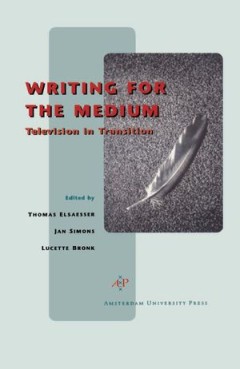
Writing for the Medium: Television in transition
This collection of essays, by well known writers on the subject of writing for television, is divided into three sections, with the first one devoted to the debates on quality television. The second one focuses on literature and television. The final section examines 'Science on television', with series editors from Britain and Germany giving first-hand accounts of the scope for serious science…
- Edition
- -
- ISBN/ISSN
- 9789053560549
- Collation
- -
- Series Title
- -
- Call Number
- 791.45 ELS w
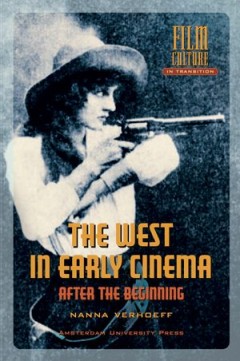
The West in Early Cinema: After the Beginning
Verhoeff investigates the emergence of the western genre, made in the first two decades of cinema (1895-1915). By analyzing many unknown and forgotten films from international archives she traces the relationships between films about the American West, their surrounding films, and other popular media such as photography, painting, (pulp) literature, Wild West Shows and popular ethnography. Thro…
- Edition
- -
- ISBN/ISSN
- 9789053568316
- Collation
- -
- Series Title
- -
- Call Number
- 791.43 VER w
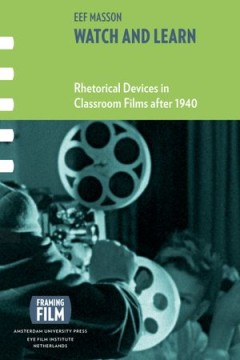
Watch and Learn
Since the late 1990s, there has been a marked increase in academic interest in what are sometimes called 'utility films', intended for purposes of information, training, teaching or advertising. Although such research was long overdue, the current academic output tends to be restricted in scope, paying little attention to the films' textual features: the means they deploy in defending their inf…
- Edition
- -
- ISBN/ISSN
- 9789089643124
- Collation
- -
- Series Title
- -
- Call Number
- 790.2 MAS w
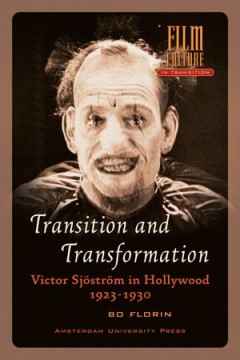
Transition and Transformation
In 1923, Victor Sjöström (1879-1960) got an offer from Goldwyn Pictures to come to Hollywood. This was nothing unusual for a successful European director: - Metro's bring - ing them in by car load - , as Photoplay stated in 1926. At the time, Sjöström was Sweden's most renowned director, who had become world famous for his austere and naturalistic film style. Sjöström stayed in Hollywood …
- Edition
- -
- ISBN/ISSN
- 9789089645043
- Collation
- -
- Series Title
- -
- Call Number
- 791.43 FLO t
 Computer Science, Information & General Works
Computer Science, Information & General Works  Philosophy & Psychology
Philosophy & Psychology  Religion
Religion  Social Sciences
Social Sciences  Language
Language  Pure Science
Pure Science  Applied Sciences
Applied Sciences  Art & Recreation
Art & Recreation  Literature
Literature  History & Geography
History & Geography